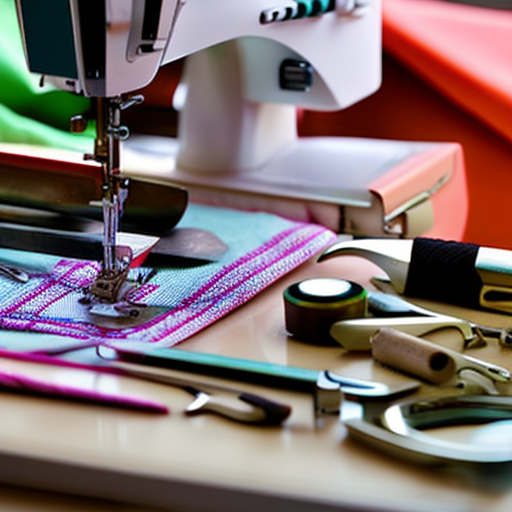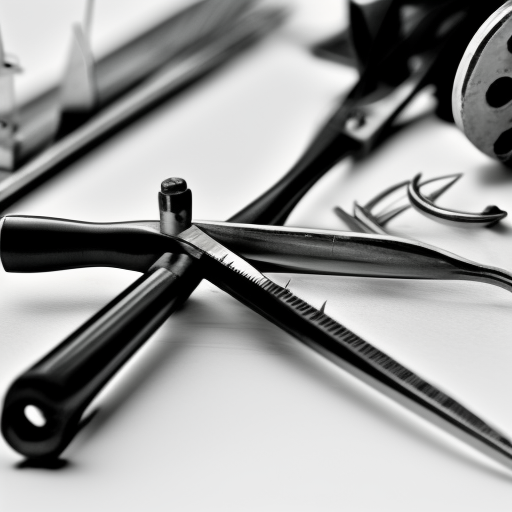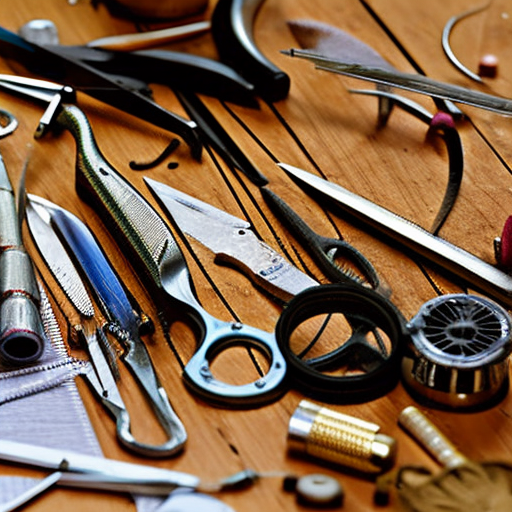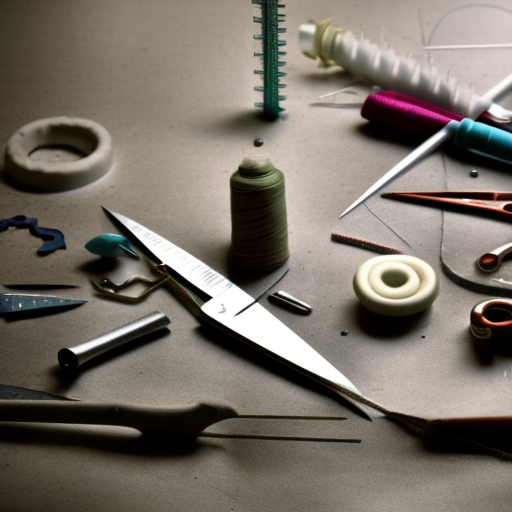When it comes to sewing, the needle you choose can make all the difference in the outcome of your project. Sewing needles come in various sizes, types, and shapes, each serving a specific purpose. This article will guide you on how to choose the right sewing needle for your next project.
Types of Sewing Needles
There are three main types of sewing needles: hand sewing needles, machine sewing needles, and specialty needles.
- Hand sewing needles – These needles are used for hand sewing projects or for basting stitches. They are longer than machine needles and have a larger eye for easy threading.
- Machine sewing needles – These needles are specifically designed for use in sewing machines. They come in different sizes and are categorized by numbers, with the lower numbers indicating a finer needle and the higher numbers indicating a thicker needle.
- Specialty needles – These needles are designed for specific tasks such as embroidery, quilting, leatherwork, or use with special fabrics like denim or stretchy materials. They come in different sizes and have special features for their intended purpose.
Understanding Needle Sizes
As mentioned earlier, sewing needles come in different sizes, and knowing their sizes and uses can greatly improve your sewing experience. Most sewing needles have a size indicated on the packaging, and it is essential to use the correct size for your project.
The size of a sewing needle is determined by two measurements: the needle’s diameter and its length.
- The diameter is measured in fractions of a millimeter or inches and indicated by a numerical value. A higher numerical value indicates a thicker needle whereas a lower number indicates a finer needle.
- The length is measured from the point of the needle to the end of the shank. The length can vary depending on the type of needle and its purpose.
It is important to choose the right needle size for your fabric to prevent any damage or puckering. Fine fabrics like silk or organza require a smaller needle, while thicker fabrics like denim or canvas need a thicker needle.
The Different Needle Shapes
The shape of a sewing needle can also affect its performance and the finished product. Here are the common needle shapes:
- Sharp or universal needles – These needles are designed for general sewing purposes and are suitable for most woven fabrics. They have a sharp point and a slightly rounded tip.
- Ballpoint needles – These are designed for sewing knits and stretchy fabrics. They have a rounded tip that slides between the fabric’s fibers rather than piercing through them, preventing snags and skipped stitches.
- Chisel needles – These needles have a flat edge and are used for leatherwork or sewing through multiple layers of fabric.
- Embroidery needles - These needles have a large eye to accommodate thicker threads used in embroidery.
Replacing Your Needles Regularly
Lastly, it is crucial to replace your sewing needles regularly, especially when they become dull or bent. Dull needles can damage your fabric and cause skipped stitches, leading to a poor-quality finish. It is recommended to change your needle after every 8 hours of sewing or after completing a project.
Choosing the right sewing needle will not only make your sewing experience more enjoyable but also produce professional-looking results. Consider the type, size, and shape of the needle before starting your next sewing project, and remember to replace your needles regularly for optimal performance. Happy sewing!






Great article, thank you!
Ginny Muldoon: Very helpful!
@Lucero Read and @Ginny Muldoon, this is an informative article for sure! Knowing what type of needles you should use for which fabrics and projects is so important – it can make all the difference. Thanks for taking the time to write this and helping us all become better sewers!